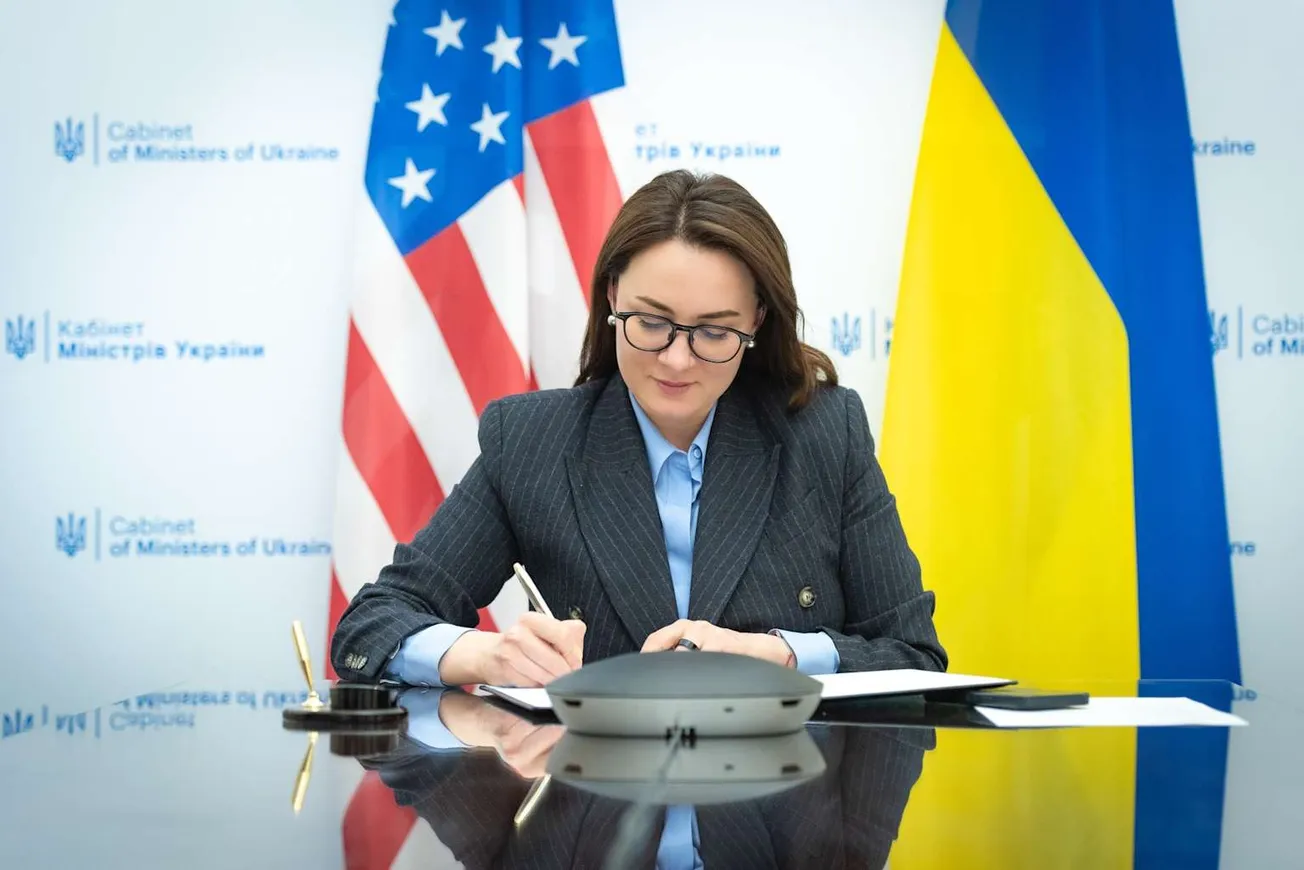Table of Contents
Ukraine is on the brink of a transformative minerals agreement with the United States, promising joint stewardship of its vast titanium and lithium reserves. This landmark 50-50 investment fund aims to rebuild Ukraine’s economy while securing critical resources for Western markets. Here’s what you need to know about the deal, the resources at stake, and what it means for both countries.
Key Takeaways
- Ukraine and the US will jointly manage a Reconstruction Investment Fund, sharing future revenues from mineral resources equally.
- The agreement focuses on critical minerals like titanium and lithium, vital for aerospace, defense, and green energy sectors.
- Ukraine retains full ownership of its resources, while the US gains privileged access to new investment projects and royalties.
- All proceeds from the fund must be reinvested annually into Ukraine’s economic recovery and infrastructure.
- The deal excludes existing contracts and current revenue sources, targeting only new projects and future income.
- Security guarantees remain a point of negotiation, with Ukraine seeking assurances alongside economic cooperation.
- The agreement aligns with Ukraine’s EU integration and international financial obligations, ensuring no conflict with its Western trajectory.
- The partnership is expected to accelerate Ukraine’s postwar reconstruction and cement its role as a major supplier of critical minerals to the West.
A New Era: The Ukraine-US Minerals Agreement
- After months of complex and sometimes contentious negotiations, Ukraine and the US are poised to sign a minerals agreement granting Washington access to Ukraine’s untapped mineral wealth in exchange for investment and support.
- The deal follows a series of high-level meetings and delays, including a notable clash between Presidents Trump and Zelenskyy, but is now described by Ukrainian officials as “good, equal and beneficial.”
- Under the agreement, a 50-50 “Reconstruction Investment Fund” will be established, with both nations sharing governance, decision-making, and future revenues from Ukraine’s mineral and energy assets.
- The fund is structured as a Delaware Limited Partnership, ensuring joint control and prohibiting the transfer of stakes without mutual written consent.
- The US will receive preferential access to new mineral and energy projects, but direct ownership of Ukrainian assets or infrastructure is not included in the deal.
- All proceeds from the fund must be reinvested into Ukraine’s recovery at least annually, targeting infrastructure, energy, and industrial development.
This partnership is designed to serve both Ukraine’s urgent reconstruction needs and America’s long-term supply chain security, especially for minerals critical to modern technologies.
Ukraine’s Titanium and Lithium: Strategic Resources for the West
- Ukraine holds the largest titanium reserves in Europe, with 15 known deposits and four currently in production, supplying around 7% of global output.
- The nation’s titanium is essential for aerospace, defense, and high-tech industries, and could meet US and EU demand for over 25 years.
- Lithium reserves in Ukraine are estimated at 500,000 tons-about one-third of Europe’s proven deposits-making the country a potential powerhouse for battery and green energy sectors.
- Major lithium sites include Polokhivske, Dobra, Shevchenkivske, and Kruta Balka, though some are in Russian-occupied territories, complicating immediate access.
- While Ukraine has not yet begun commercial lithium mining, these resources represent a trillion-dollar opportunity for both economic recovery and the global energy transition.
- The deal also covers other critical minerals such as graphite, beryllium, uranium, and manganese, further enhancing Ukraine’s strategic value.
Ukraine’s mineral wealth is estimated at $10–12 trillion, positioning the country as a linchpin in Western efforts to diversify supply chains away from Russia and China.
Inside the 50-50 Investment Fund Structure
- The Reconstruction Investment Fund will be equally owned and governed by Ukraine and the US, with each side holding 50% of future revenues from new mineral and energy projects.
- The fund will operate under US law, but with joint board representation and decision-making authority, ensuring neither party can transfer or sell its stake without mutual agreement.
- Ukraine’s contribution includes future revenues from state-owned mineral, hydrocarbon, oil, and gas assets, as well as related infrastructure projects.
- The US will provide capital, expertise, and privileged access to new investment opportunities, but will not gain direct ownership of Ukrainian resources or existing contracts.
- All fund proceeds must be reinvested into Ukraine’s economic recovery, supporting reconstruction, industrial growth, and infrastructure modernization.
- The structure is designed to balance Ukraine’s sovereignty over its resources with the benefits of US investment and long-term partnership.
This approach marks a departure from earlier proposals that would have limited Ukraine’s control or treated the deal as repayment for military aid.
Critical Minerals Access and Geopolitical Implications
- The agreement grants the US privileged, first-in-line access to new licenses and projects involving Ukraine’s critical minerals, without affecting existing contracts or current revenue streams.
- The US will receive royalty payments and profits from new mining ventures, supporting its goal of securing stable supplies of materials vital for national security and industry.
- Ukraine maintains ownership of its resources, with the fund acting as a vehicle for joint investment and revenue sharing, not asset transfer.
- Security guarantees for Ukraine remain under discussion, as Kyiv seeks to link economic cooperation with long-term protection against Russian aggression.
- The deal explicitly states it will not interfere with Ukraine’s EU integration or obligations to international financial institutions.
- By tying US financial commitments to future mineral development, the agreement aims to align American interests with Ukraine’s stability and prosperity.
This partnership is expected to deepen US engagement in Ukraine’s reconstruction and increase Western stake in the country’s security and economic future.
Challenges and the Road Ahead
- Some of Ukraine’s most valuable lithium deposits are located in Russian-occupied regions, posing immediate challenges to full-scale development.
- The fund’s success will depend on transparent governance, effective reinvestment, and the ability to attract private sector partners alongside government stakeholders.
- Parliamentary ratification in Ukraine and continued political support in the US are necessary for the agreement’s implementation and longevity.
- The deal’s focus on future revenues and projects avoids disrupting current government income, minimizing domestic economic risk.
- As Ukraine rebuilds from years of conflict, the partnership offers a blueprint for leveraging natural resources to drive recovery and growth.
- The agreement could serve as a model for future resource-based partnerships between nations seeking both economic and strategic benefits.
The Ukraine-US minerals deal marks a pivotal shift in global resource politics, offering Ukraine a path to recovery and the West a reliable source of critical minerals. If executed transparently and equitably, this 50-50 partnership could reshape both nations’ economic futures and strengthen their geopolitical alliance.
Sources consulted: CNN, Kyiv Post, Bloomberg, AL Jazeera, AP, BBC, NYTimes








